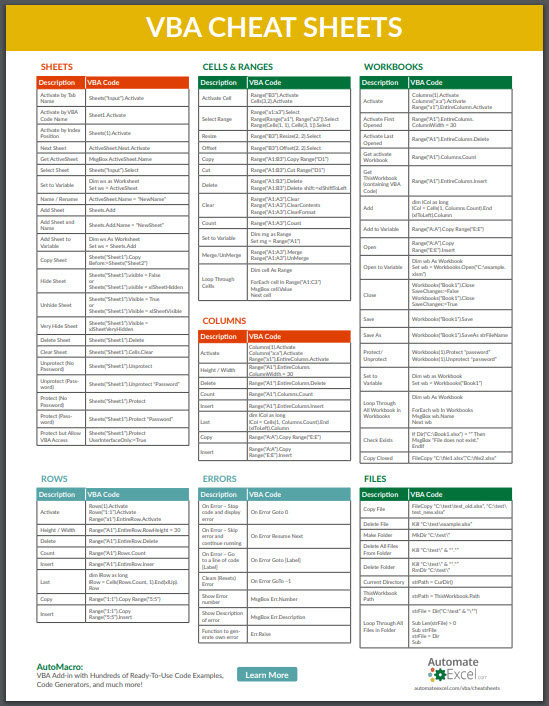5 Ways to Spot Duplicates in Two Excel Sheets

Have you ever faced the challenge of merging data from two separate Excel sheets but found yourself bewildered by the sheer volume of rows and the daunting task of spotting duplicates? If yes, then this guide is tailored for you. Identifying duplicates across two Excel sheets can be a tedious and time-consuming task. However, with the right techniques and Excel functions, you can automate this process efficiently. In this detailed tutorial, we'll explore five methods to identify duplicates in two Excel sheets, ensuring your data management remains both accurate and efficient.
1. Using Conditional Formatting

Conditional Formatting in Excel allows you to visually identify duplicates through color changes, making it easy to spot overlaps without altering your data:
- Select the range in your first Excel sheet where you want to check for duplicates.
- Go to Home tab > Conditional Formatting > New Rule.
- Choose Use a formula to determine which cells to format.
- Enter the formula:
=COUNTIF(Sheet2!A1:A100,A1)>0assuming your data is in Column A and Sheet2 is your second sheet. Adjust the range and column as needed. - Set the format to highlight duplicates.
- Repeat the process for the second sheet.
⚠️ Note: This method doesn’t modify your data but only changes how duplicates are displayed, making it a safe choice for data analysis.
2. VLOOKUP Function

The VLOOKUP function is a classic method to find duplicates:
- In a new column next to your data, enter the formula:
=IF(ISERROR(VLOOKUP(A1,Sheet2!A:A,1,FALSE)),“Unique”,“Duplicate”) - This formula checks if the value in cell A1 (from the first sheet) exists in Column A of the second sheet (Sheet2). If it’s not found (ISERROR), it’s unique; otherwise, it’s a duplicate.
- Extend this formula down the column to check all rows.
VLOOKUP is straightforward for smaller datasets but can slow down with larger data volumes.
3. Using MATCH with ISNUMBER

Combining MATCH with ISNUMBER offers a robust way to find duplicates:
- In a new column, use the formula:
=IF(ISNUMBER(MATCH(A1,Sheet2!A:A,0)),“Duplicate”,“Unique”) - Unlike VLOOKUP, MATCH can search for duplicates in any column and is more efficient for larger datasets.
4. Power Query

For more advanced users or when dealing with extensive data, Power Query in Excel can be highly beneficial:
- From the Data tab, select Get Data > From File > From Workbook.
- Select and load both sheets into Power Query Editor.
- Merge the tables using a common column as the key.
- Filter to show only matching rows based on the merged column.
- Load the results back into Excel.
Power Query provides an intuitive interface for data transformation and comparison, making it ideal for complex data scenarios.
5. Using Advanced Filter

Excel’s Advanced Filter can quickly identify unique records or duplicates:
- Select your range from the first sheet.
- Go to Data > Advanced under Filter.
- Choose Unique records only.
- Copy the unique records to another location or apply the filter in place to highlight unique values.
- Repeat the process on the second sheet.
However, this method doesn’t highlight duplicates directly; it’s more useful for identifying unique entries across datasets.
In summary, each of these methods has its strengths. Conditional Formatting is visually intuitive but doesn't change data. VLOOKUP and MATCH functions are powerful for inline data analysis. Power Query excels in handling large datasets, and Advanced Filter provides an easy way to see unique values. Depending on your data size, complexity, and analysis requirements, choose the method that best fits your needs for efficient duplication detection in Excel.
How can I identify duplicates across multiple columns?

+
You can use a similar approach with any of the methods listed, adapting the formulas or queries to include all columns you want to check for duplicates.
Is there a way to remove duplicates automatically?

+
Yes, you can use the Remove Duplicates feature under the Data tab in Excel. This can be applied to one or both sheets, but remember it permanently deletes duplicate rows from your data.
What if my data is too large for Excel?

+
If your dataset exceeds Excel’s row limit, consider using external tools or database systems like SQL for more robust data handling.



